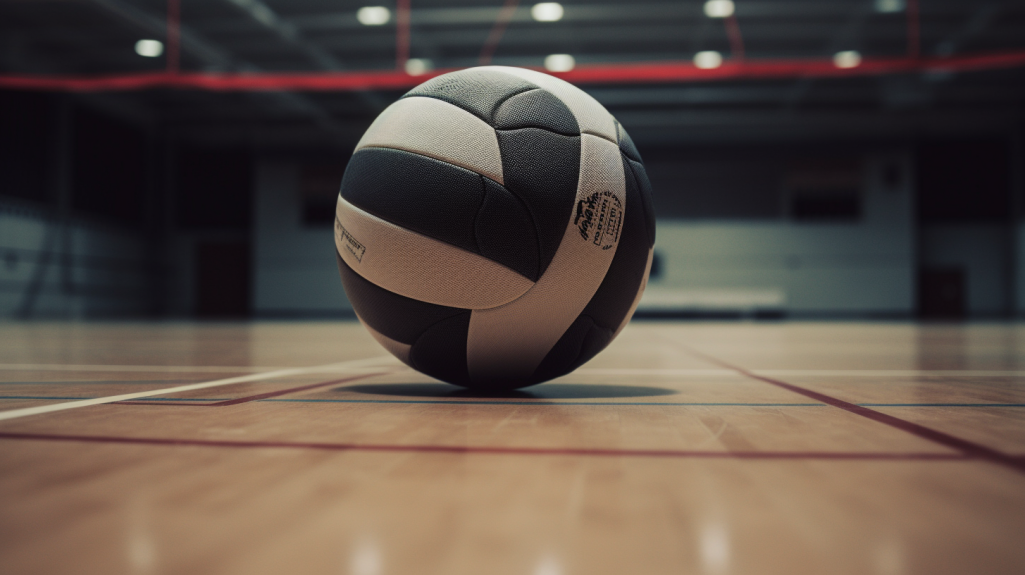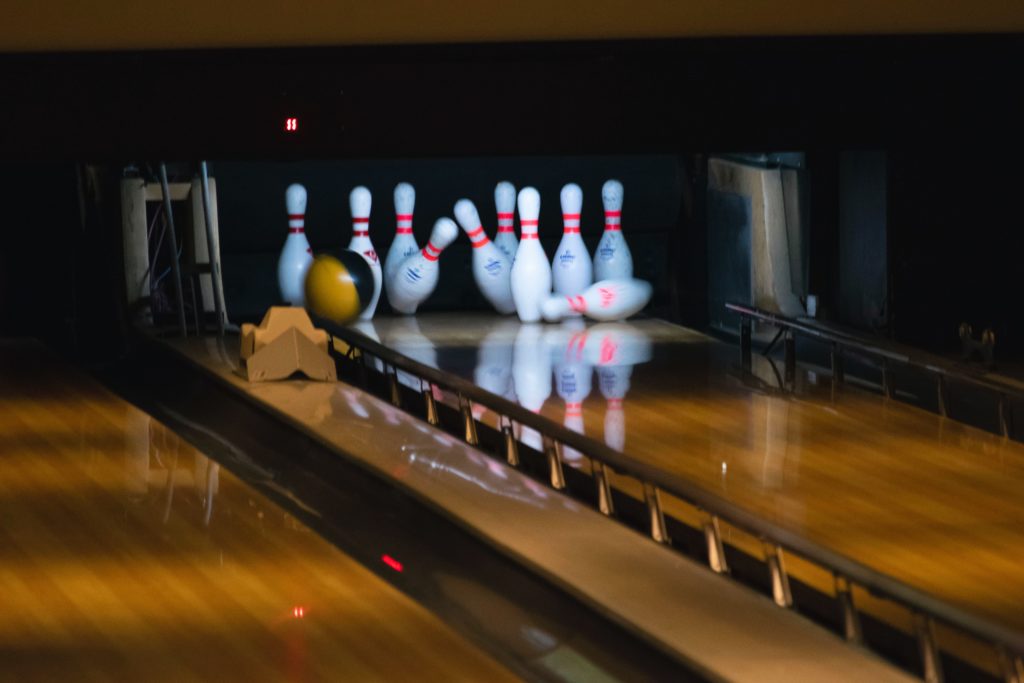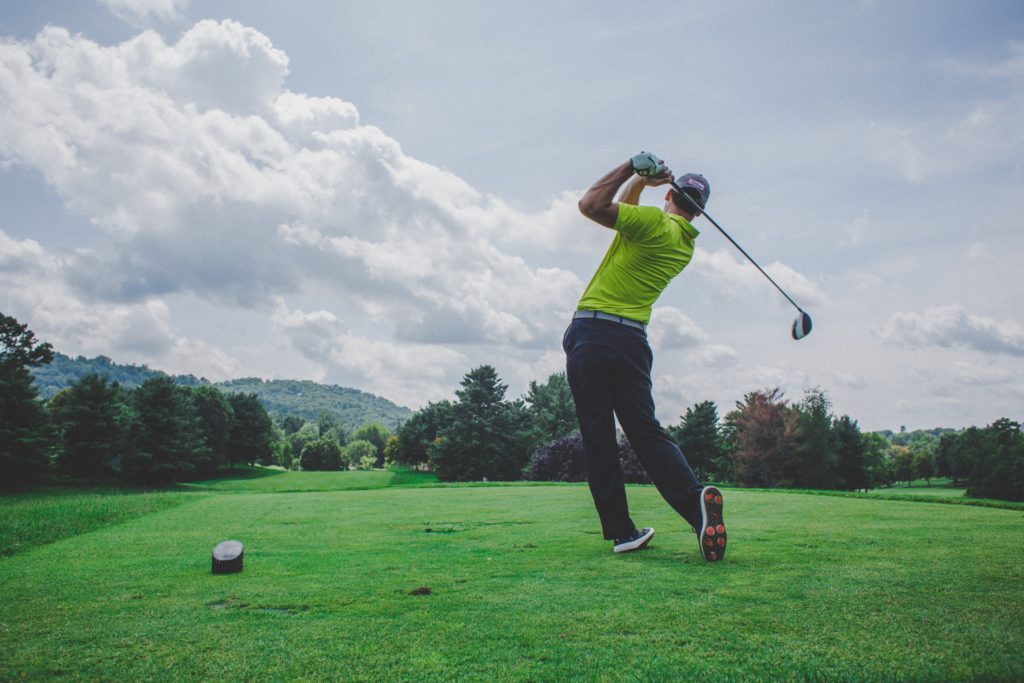Engaging in sports is a multifaceted journey that evolves with age, bringing with it unique physical, mental, and social advantages. The quest for the perfect sport is a dynamic process, one that requires consideration of age-appropriate activities to ensure a lifelong love for physical activity and holistic well-being. In this detailed exploration, we will delve into the most suitable sports for individuals ranging from young children to older adults, emphasizing the importance of aligning activities with specific age groups for optimal enjoyment and health benefits.
Early Childhood (3-6 years)
The formative years of early childhood demand sports that lay the foundation for fundamental motor skills, coordination, and social interaction. Here are some meticulously chosen options:
Soccer: This introductory sport focuses on basic ball control and fosters teamwork in a non-competitive and playful environment.
Gymnastics: With a structured approach, gymnastics enhances flexibility, balance, and coordination while fostering a sense of fun and achievement.
Swimming: Safety takes the forefront as children build water confidence and acquire basic swimming skills, all in an enjoyable setting.

Childhood (7-12 years)
As children progress through their formative years, sports should evolve to cater to their developing physical abilities and burgeoning interests:
Basketball: The emphasis shifts to teamwork, coordination, and cardiovascular fitness, laying the groundwork for more complex physical skills.
Baseball/Softball: Hand-eye coordination and teamwork take center stage, providing an introduction to more specialized sports.
Tennis: Offering a mix of hand-eye coordination, footwork, and individual performance, tennis becomes an engaging and skill-focused option.
Martial Arts: Disciplines like karate or taekwondo provide physical fitness, self-defense, and mental focus, promoting both physical and mental well-being.
Volleyball: Offering a dynamic mix of teamwork, agility, and strategic thinking, volleyball provides a spirited and social sporting experience.

Adolescence (13-18 years)
The teenage years call for more specialized sports that align with personal interests and fitness goals:
Soccer: Advancing beyond the basics, soccer becomes a platform for honing advanced skills and understanding complex team strategies.
Swimming: Competitive opportunities arise, with continued emphasis on refining technique and achieving personal bests.
Track and Field: Adolescents can explore disciplines within track and field, fostering speed, endurance, and strength development.
Ultimate Frisbee: Combining elements of soccer, basketball, and football, Ultimate Frisbee is a fast-paced, non-contact sport promoting cardiovascular fitness and teamwork.
Rock Climbing: Appealing to adventure seekers, rock climbing challenges physical strength, mental acuity, and problem-solving skills, while fostering a sense of accomplishment.

Young Adults (19-35 years)
Balancing between competitiveness and recreation, young adults have the opportunity to explore activities that align with personal interests and fitness objectives:
Running: Ideal for cardiovascular health and stress relief, running becomes a versatile and accessible fitness option.
Cycling: Combining cardiovascular fitness with recreational enjoyment, cycling is both competitive and fulfilling.
Yoga: Recognized for promoting flexibility, balance, and mindfulness, yoga emerges as a holistic approach to physical well-being.
Triathlon Training: Ideal for those seeking variety, triathlon training combines swimming, cycling, and running, promoting overall fitness and endurance.
Paddleboarding: A water-based activity, paddleboarding enhances core strength, balance, and provides a serene connection with nature.

Middle Age (36-55 years)
Entering middle age demands a thoughtful approach to sports that maintains fitness while considering joint health and injury prevention:
Golf: Offering moderate physical activity and fostering social interactions, golf becomes a popular choice for middle-aged individuals.
Swimming: Remains a low-impact, full-body workout that caters to cardiovascular health and overall well-being.
Tennis: With a continued focus on agility and coordination, tennis provides a well-rounded cardiovascular exercise.
Cycling (Recreational): Offers a less intense but equally enjoyable cycling experience for fitness maintenance
Pickleball: A low-impact sport combining elements of tennis, badminton, and ping pong, pickleball is easy on joints while promoting social interaction.
Bowling: A social and recreational activity, bowling offers a fun way to stay active while engaging in friendly competition with peers.

Older Adults (56+ years)
In the golden years, the emphasis shifts towards activities that prioritize joint health, flexibility, and social engagement:
Walking: A low-impact exercise that supports cardiovascular health while encouraging social interaction during leisurely strolls.
Gentle Yoga: Tailored for older adults, gentle yoga enhances flexibility, balance, and relaxation in a safe and controlled environment.
Gardening: Melding light physical activity with the benefits of outdoor exposure, gardening becomes a therapeutic and enjoyable pursuit.
Golf: Continues to be a preferred sport, providing moderate physical activity, fostering social interactions, and promoting mental acuity.
Tai Chi: Promotes balance, flexibility, and mental well-being through gentle, flowing movements.
Shuffleboard: A leisurely yet engaging activity, shuffleboard combines strategy and coordination, fostering social connections in a relaxed setting.

Conclusion
Choosing the right sport at different stages of life is a nuanced process, requiring consideration of individual interests, physical capabilities, and evolving needs. Whether introducing a young child to their first sports experience or seeking a sustainable fitness routine in the golden years, a wealth of options exists to cater to various preferences and abilities. The key is to discover activities that bring joy, contribute to overall well-being, and foster a commitment to a healthy, active lifestyle throughout the diverse stages of life.

